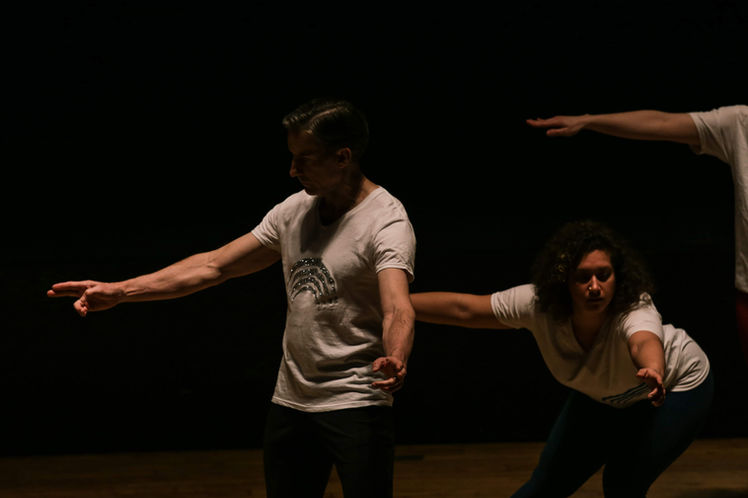
kinesthetic expressions of the beauty and utility of math

Mathematical Methods is a collaboration project with Boston University Chemistry Professor John Straub. The project is a choreographic research of the spatial dynamics of applied mathematics at the collegiate level.
The members of Evolve are currently working with Professor Straub to both learn concepts of applied mathematics presented in his new text book "Mathematical Methods for Molecular Science" and interpret them through movement and choreography.
In the time of COVID, Professor Straub and the company have worked together to create a film based on the concepts presented in Straub's Supplement on Kinetic Models of Infectious Disease. The film titled "SIR Model for Infectious Diseases" can be seen below.







It is widely acknowledged that the traditional calculus sequence required of most molecular science majors, consisting of a year of differential and integral calculus and possibly a semester of multivariate calculus, does not provide the mathematical background needed for success in the quantum mechanics and statistical thermodynamics courses that follow. Mathematical Methods for Molecular Science is designed to support a one semester course that builds on the introductory calculus sequence and covers critical topics in multivariate calculus, ordinary differential equations, partial differential equations, harmonic analysis, linear algebra, and group theory.
A separate Supplement on Kinetic Models of Infectious Disease explores the application of linear differential equations used to model physical kinetics to the modeling and analysis of infectious disease epidemics. The SIR and SEIR epidemiological models of the spread of infectious disease are developed and applied to a variety of epidemics including the influenza epidemic of 1918 and the coronavirus epidemic of 2019 (Covid-19). The parameters of each model are varied to explore the impact of social distancing, reproduction number, and herd immunity on the course of an epidemic. Exponential and power-law models of growth are contrasted and related to characteristics of the underlying network of social contacts.












